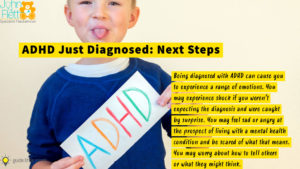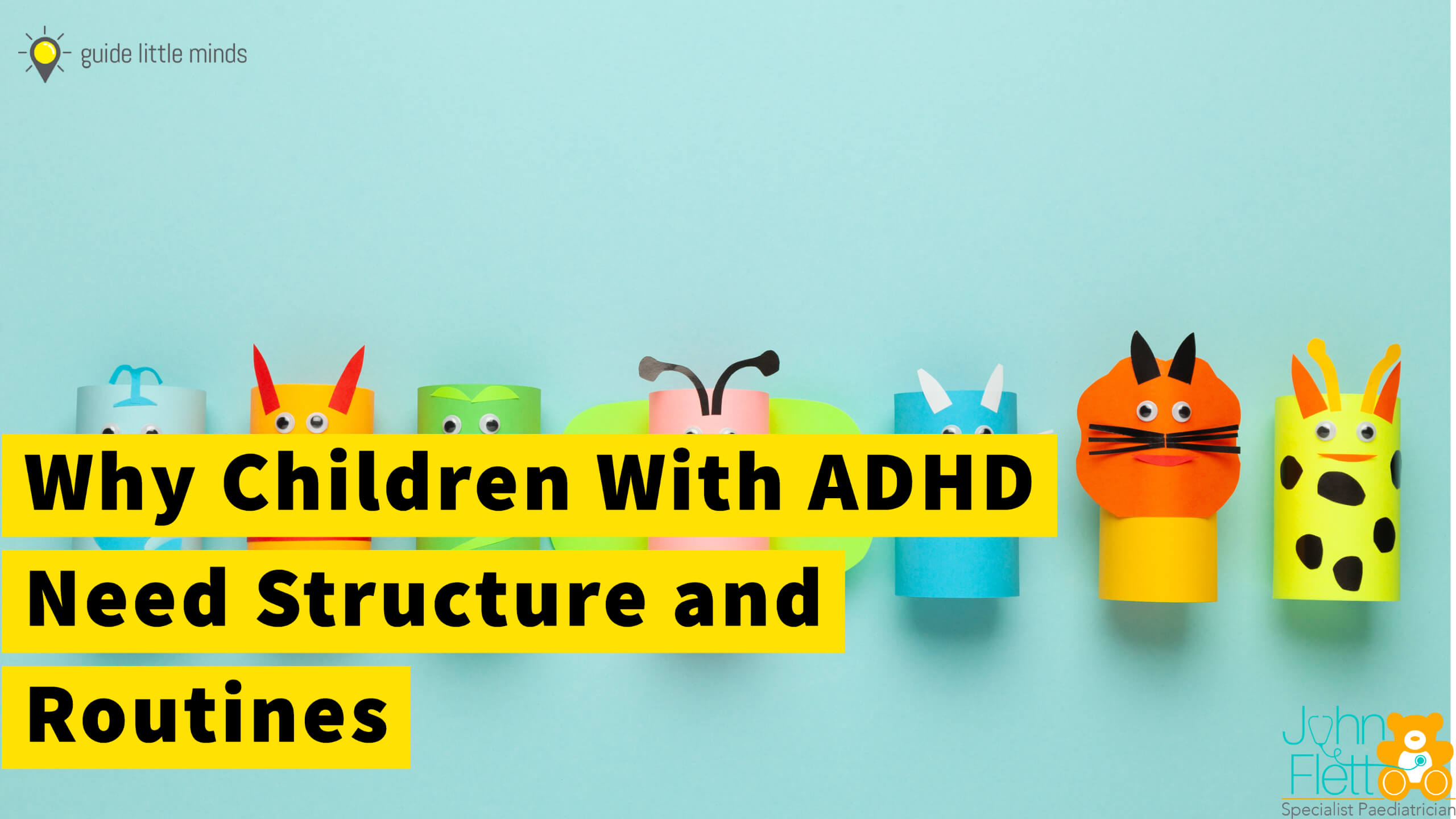Why Children With ADHD Need Structure and Routines If you’re parenting a child with attention deficit hyperactivity disorder (ADHD), you’ve likely heard how important it is to expose your child to routines and a structured environment. But what does that mean exactly, and how does structure help? Getting a better understanding of why routines are helpful can help you develop one that will work for you and your child.
The Value of Schedules and Structure
Structure means that the environment is organized and predictable. The structure is important for all children, but it can be particularly important if you are parenting children with ADHD.
One review found that all children, no matter their age, are better able to regulate their behaviour when families follow a predictable routine.1
Having a routine can benefit your child with ADHD and the rest of the family. The structure is beneficial for several reasons:
- Provides external control: The symptoms of ADHD lead to problems with self-control. As a result, children with ADHD need more external controls (i.e., structure) to help them manage symptoms.2
- Fewer conflicts: Structure can help minimize arguments and family stress while improving behaviour. Research has also found that sticking to a routine can help people cope with stress and anxiety.3
- Builds skills and habits: Many children can structure their chores, schedules, and activities and develop good habits independently. However, for a child with ADHD, this is a much more complex undertaking because of how the disorder functions.4
- Applies to the whole family: Having structure in the home means that everyone follows the routine. This prevents the child with ADHD from feeling singled out. Children learn to set aside the same block of time to complete their homework or establish a bedtime and morning routine. Simple moves such as taking a shower and picking out clothing for school the night before can make getting to school on time the following morning much more manageable.
- Builds a foundation for success: Structure also helps children succeed, which builds self-esteem. Without this, children’s beliefs that they are disorganized, forgetful, or always late are reinforced. When you build in external controls at home, you are helping your child to experience more success. You’re also teaching them good habits and skills along the way.
When your child has day-to-day routines and a schedule to follow, this creates structure in their lives. Consistent house rules, expectations, and consequences clearly understood by your child (and positively reinforced by you) help maintain a predictable environment.
In a structured environment, your child knows what to expect. This knowledge creates a sense of security, so most children benefit from structure whether they have ADHD or not.
The structure is a lot like scaffolding. In other words, the routines, reminders, and limits you set, and the consistency you provide gives your child the support they need to be successful and develop greater competence. As a result, your child’s self-confidence grows. Eventually, this will help your child develop skills to organize and structure their lives as they move into adulthood.
How to Create an ADHD-Friendly Schedule
It is important to develop a schedule that works for your child’s needs. While your specific schedule will vary based on what is right for your family, following some strategies can help you design one that will be easy for your child to follow.
Provide Limited Choices
One way to simplify your child’s schedule is to provide them with limited choices. For example, rather than asking what they would like for breakfast, give them two or three options to choose from. This will help them to feel in control while still providing structure.
Be Specific
Be specific and break big tasks up into smaller ones. For example, instead of “chore time,” list the specific things your child will be doing, such as “pick up toys,” “feed dog,” or “sweep kitchen floor.” Breaking up bigger tasks into smaller steps will help keep your child’s attention and prevent them from feeling overwhelmed.
Include Visual Cues
Visual cues can be helpful for children with ADHD.2 Use a visual schedule to show your child what activities they will be doing throughout the day. You can use pictures, words, or even simple drawings to represent each activity. Place the schedule in a visible location and review it with your child regularly.
Make Time for Movement
Children with ADHD often benefit from having opportunities to move throughout the day.5 Plan for some physical activity every few hours. This can be as simple as going for a short walk or playing a quick game of catch.
Be Flexible
While it is important to have a schedule, it is also important to be flexible. When possible, let your child choose which activity they would like to do next, or let them take a break if they are feeling overwhelmed. You may need to adjust your schedule from day to day based on your child’s needs.
It’s important to be consistent and stick with the schedule even if your child resists at first. This can be challenging and it’s important to stay somewhat flexible—just be sure that you don’t give up too quickly.
Recap
Creating an ADHD-friendly schedule can help your child to feel more in control and reduce the likelihood of meltdowns or tantrums. By providing structure and visual cues, you can help your child to stay on track throughout the day.
Sample Schedule for Kids With ADHD
Your own schedule might be a bit different, but looking at a sample schedule can provide some insight into how you might want to structure your child’s day.
Morning:
- 7:00 am: Wake up, get dressed and ready for school
- 7:20 am Eat breakfast
- 7:45 am Brush teeth
- 7:55 am Grab coat and backpack and head to school
Afternoon:
- 3:00 pm Have a snack and relax
- 3:30 pm Start homework
- 4:30 pm Free time
Evening:
- 6:00 pm Help set the table
- 6:20 pm Eat dinner
- 7:00 pm Clean up after dinner
- 8:00 pm Bathe or shower
- 8:30 pm Lay out clothes and backpack for the next day
- 8:45 pm Read together
- 9:00 pm Go to bed





Responses